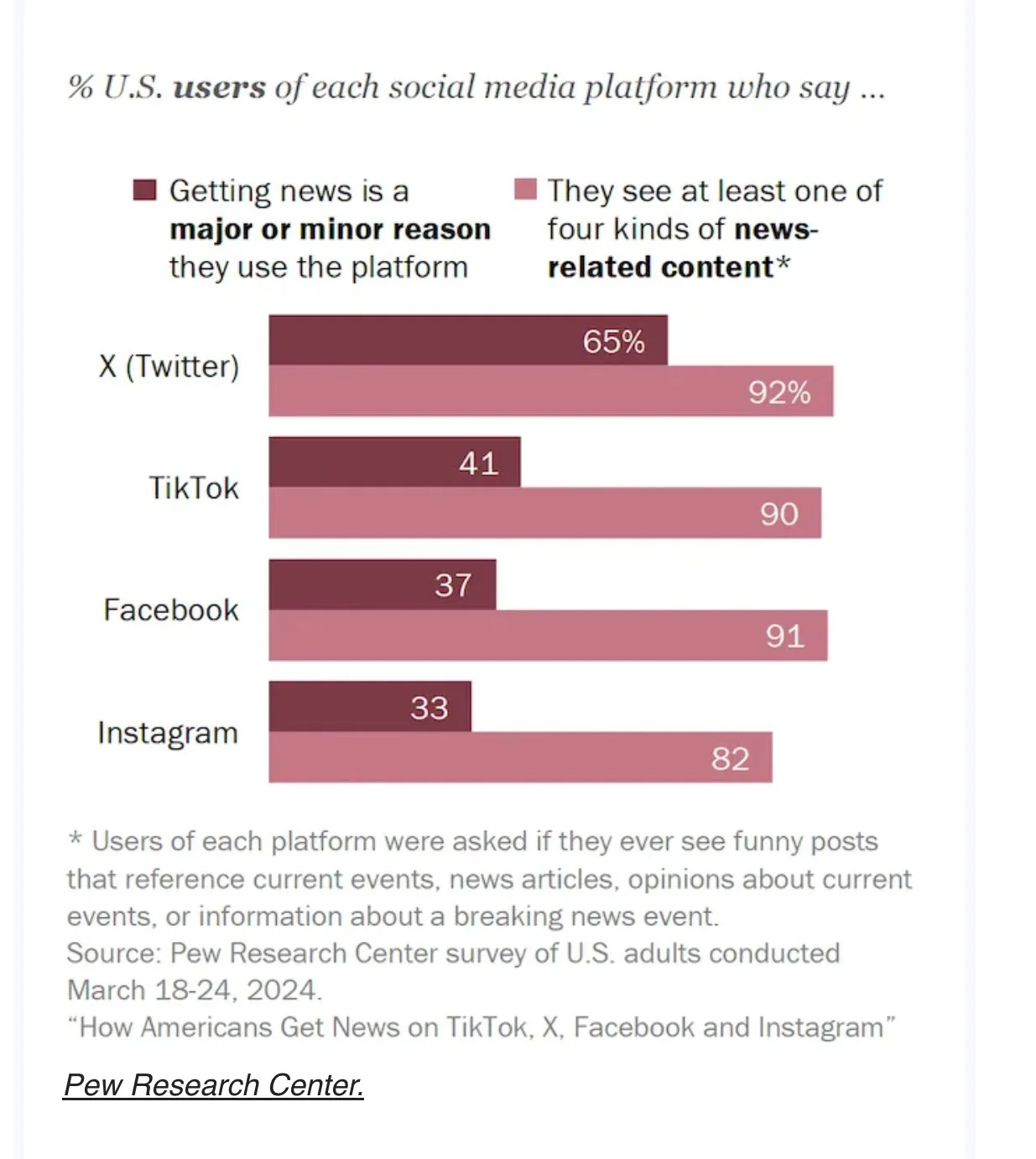Social media has become a significant source of news for many people worldwide. Here are some statistics that shed light on its prevalence and trustworthiness:
Prevalence: Social media outpaces radio and print news publications as a news source globally. For instance, in India, over 80% of respondents aged 16 to 70 use social networks as their main news outlet. In countries like Kenya, South Africa, Malaysia, and the Philippines, over 70% of adults use social media for news1.
However, when it comes to trust:
Trust Issues: Despite its widespread use, social media is consistently ranked as the least trusted news source. A 2018 study revealed that less than 35% of adults in consider social networks trustworthy for news, yet over 50% of adults in several still get their news from social media.
Traditional media can adapt to the rise of social platforms by implementing several strategies:
Embrace Digital Transformation: Traditional media must embrace digital platforms, understanding that the shift towards digital is not just a trend but a new standard. This includes acquiring skills in social media, content creation, data analytics, and digital marketingAd1.
Develop Multiplatform Expertise: Media professionals should be adept at creating content for various platforms, such as websites, social media, podcasts, and video streaming services. This multiplatform approach can help traditional media reach wider audiencesAd1.
Stay Abreast of Emerging Technologies: Keeping up with technological advancements like artificial intelligence, virtual reality, and blockchain is crucial. These technologies can transform content creation, distribution, and consumptionAd1.
Cultivate a Diverse Skill Set: A diverse skill set enables media professionals to adapt to new roles and responsibilities. For example, journalists could benefit from learning video editing, while marketers might delve into graphic designAd1.
Build a Personal Brand: In the current media landscape, professionals need to establish a personal brand. Social media and online platforms offer opportunities to showcase expertise, share work, and network with industry peersAd1.
Combine Traditional and Digital Media: Traditional media can integrate social media handles into physical materials, use QR codes, and maintain consistency in content across platforms to create a seamless experience for consumers2.
By adopting these strategies, traditional media can not only survive but also thrive in the age of social media, ensuring they remain relevant and competitive in the evolving media landscape.
In conclusion, while social media platforms are widely used for news consumption, they are not necessarily the most reliable sources of information.
The convenience and immediacy of social media make it a popular choice, but it’s important for users to cross-reference news with other reputable sources to ensure accuracy and reliability.


